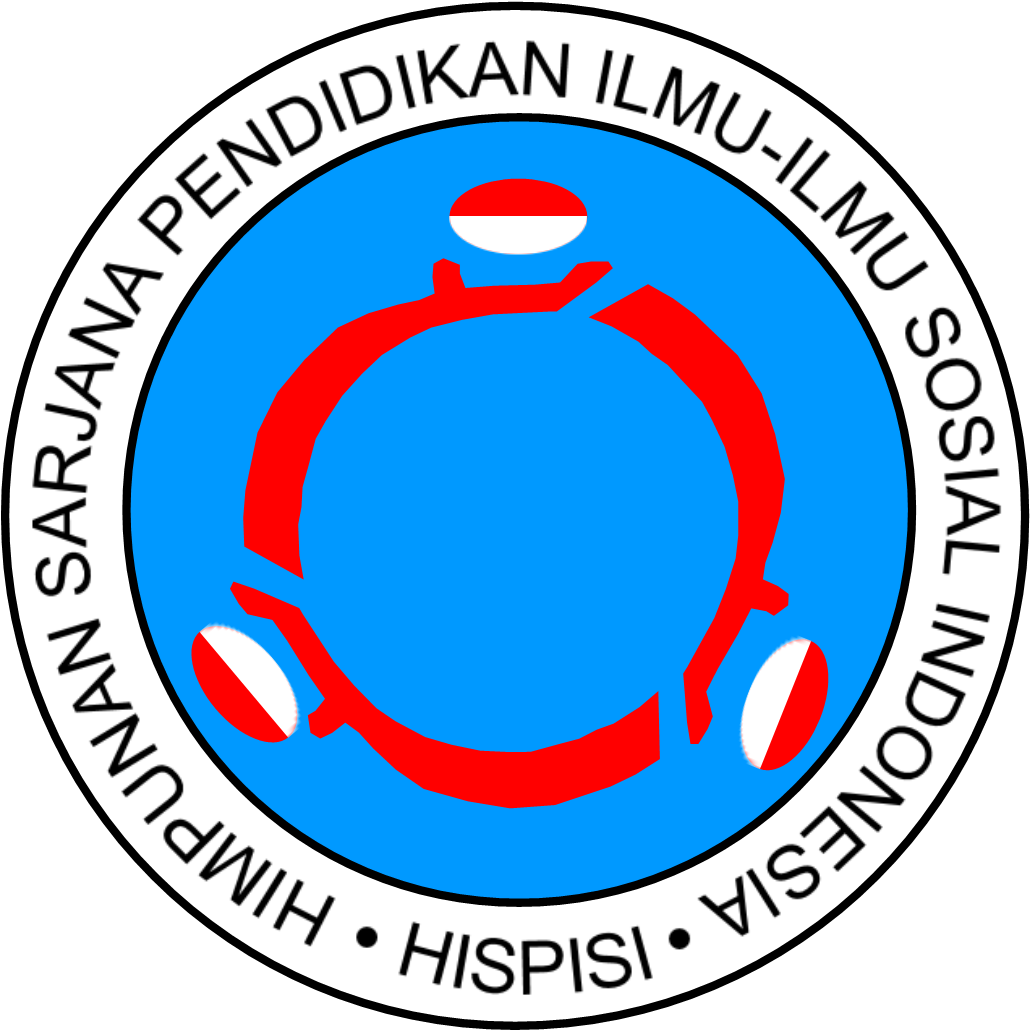Development Of Conflict Resolution Education Model In Banyuwangi District Senior High School
Abstract
The Tumpangpitu mine conflict that occurred in Pancer Pesanggaran village in Banyuwangi not only involved communities with mining pros and cons but also involved students in high schools around mining. The horizontal conflict that was manifested by various protests was followed by the children of parents involved in the competition in the Pesanggaran District. So that the conflict does not spread and impact schools, this study aims to analyze the development model of conflict resolution education in high schools in Banyuwangi to minimize conflicts. The research method uses a mixed, quantitative, and qualitative approach—data collection with questionnaires for students and in-depth interviews with high school teachers in Banyuwangi. As a result, students get into conflict because they jump on the bandwagon. The development model of conflict resolution education is more towards integrating conflict resolution education with other subjects. From the discussion through the focus group discussion, the teachers revealed that this integration model is considered the most suitable because, with its issue, the burden on teachers and students is already very high.
Keywords
Full Text:
PDFReferences
Akgun, S., and Araz, A. (2014). The effects of conflict resolution education on conflict resolution skills, social competence, and aggression in Turkish elementary school students. Journal of Peace Education, 11(1), 30-45.
Allen, R. C. (2000). Economic structure and agricultural productivity in Europe, 1300–1800. European Review of Economic History, 4(1), 1-25.
Arellano-Yanguas, J. (2011). Aggravating the resource curse: decentralisation, mining and conflict in Peru. The Journal of Development Studies, 47(4), 617-638.
Askerov, A., and Askerov, A. (2010). Peace education and conflict resolution: A critical review. Innovative Issues and Approaches in Social Sciences, 3(1), 5-35.
Brown, G. K., and Langer, (2010). “Horizontal inequalities and conflict: a critical review and research agenda,” Conflict Security and Development, 10(1), 27–55.
Hansen, T. (2008). Critical conflict resolution theory and practice. Conflict resolution quarterly, 25(4), 403-427.
Harris, I. M. (2004). Peace education theory. Journal of peace education, 1(1), 5-20.
Levin, D. E. (1994). Building a peaceable classroom: Helping young children feel safe in violent times. Childhood Education, 70(5), 267-270.
Lin, N. (2011). Capitalism in China: A centrally managed capitalism (CMC) and its future. Management and Organization Review, 7(1), 63-96.
O’Reilley, (1984). “The peaceable classroom,” College English, 46(2), 103–112.
Schillemans, T. (2011). Does horizontal accountability work? Evaluating potential remedies for the accountability deficit of agencies. Administration and society, 43(4), 387-416.
Terhune, V., and Matusitz, J. (2016). The Uighurs versus the Chinese government: An application of realistic conflict theory. Journal of Applied Security Research, 11(2), 139-148.
Tyerman, A., and Spencer, C. (1983). A critical test of the Sherifs' robber's cave experiments: Intergroup competition and cooperation between groups of well-acquainted individuals. Small Group Behavior, 14(4), 515-531.
Wilson, J. Q. (1993). The moral sense. American Political Science Review, 87(1), 1-11.
Zellweger, T. M., and Astrachan, (2008) “On the emotional value of owning a firm,” Family Business Review, 21(4), 347–363.
DOI: https://doi.org/10.17509/jpis.v32i1.54497
Refbacks
- There are currently no refbacks.
Copyright (c) 2023 Universitas Pendidikan Indonesia (UPI)

This work is licensed under a Creative Commons Attribution-ShareAlike 4.0 International License.














